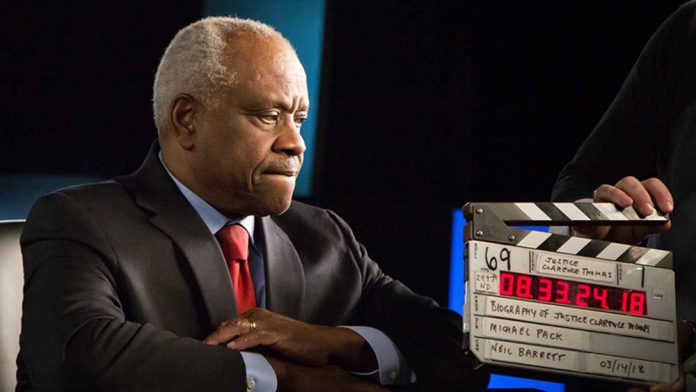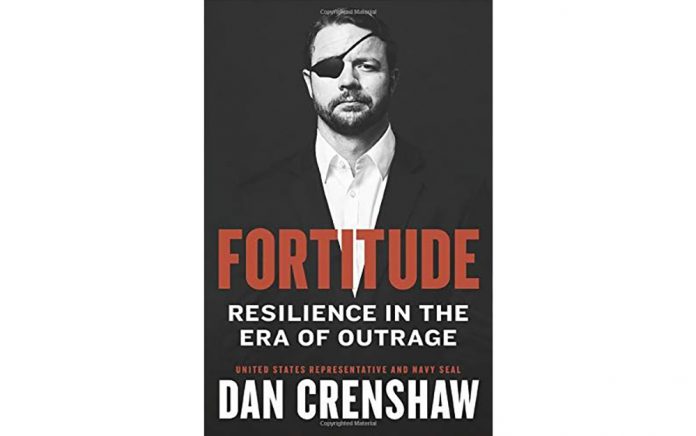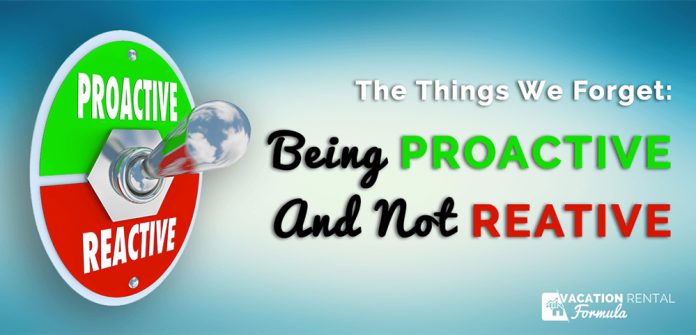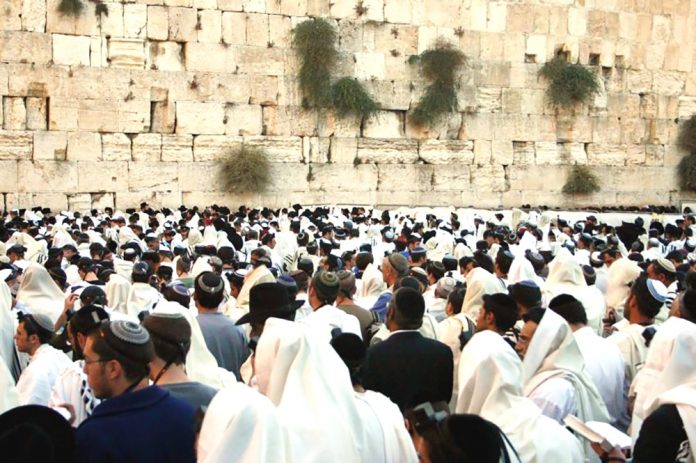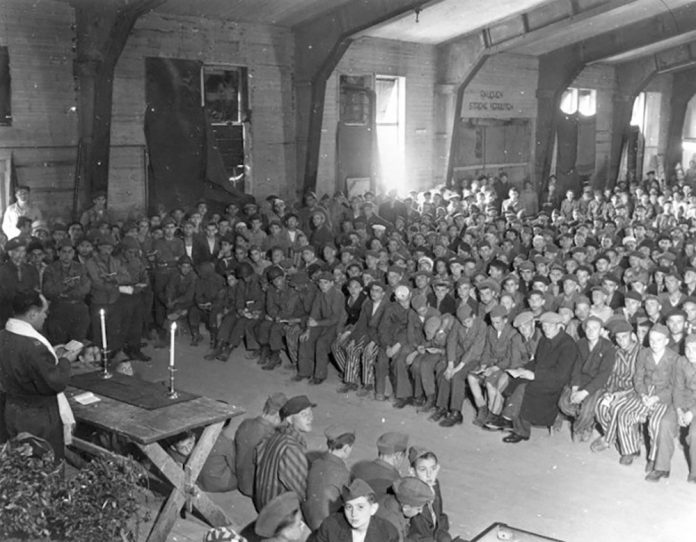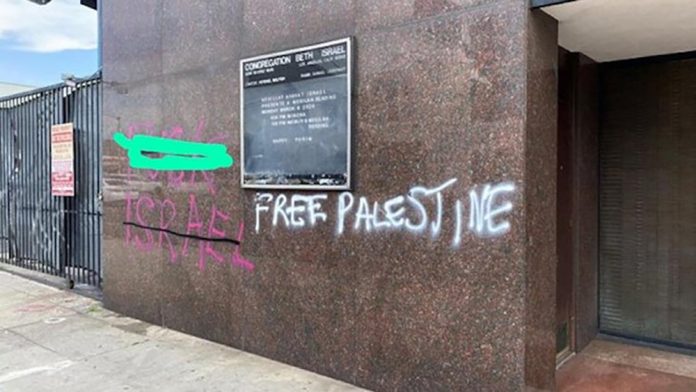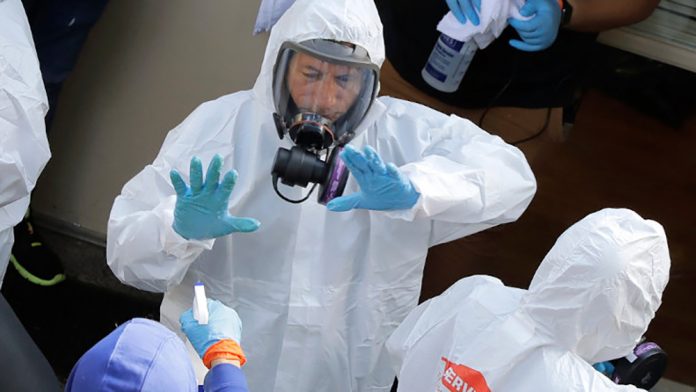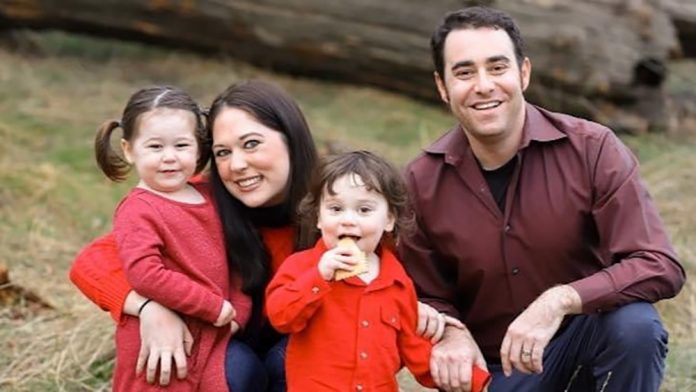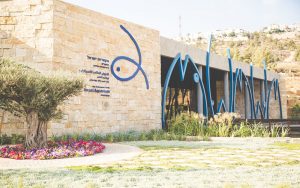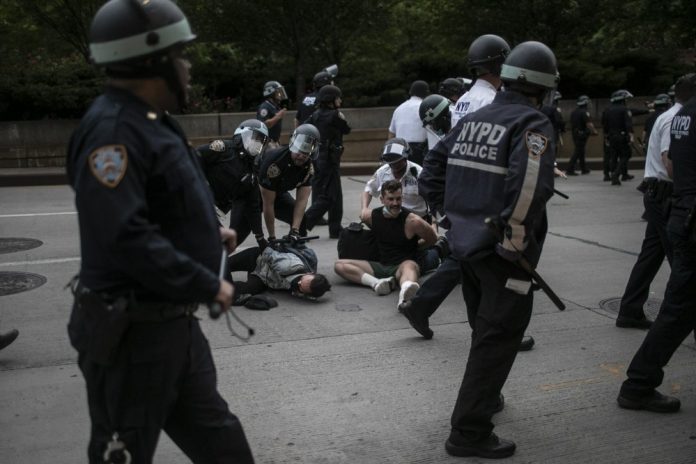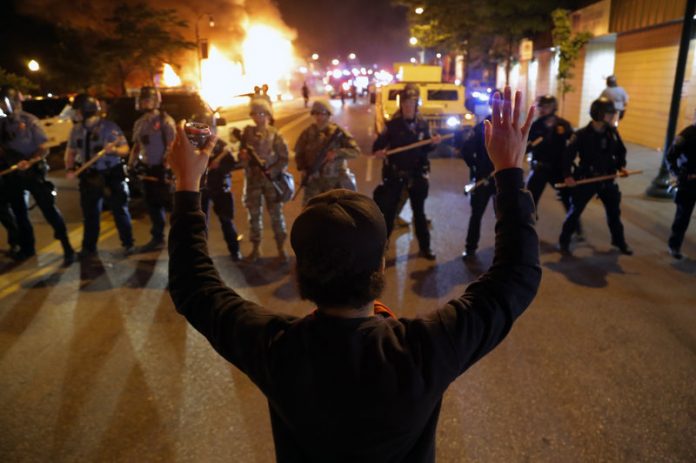Justice Thomas tells his own remarkable story
By: Mark Tapson
Before there was Brett Kavanaugh, there was Clarence Thomas. Many who watched or participated in the grotesque circus that was the Kavanaugh Supreme Court confirmation hearings no doubt were unaware of, or had forgotten, the ugly spectacle that was Thomas’ confirmation hearings in 1991. As a black conservative, Thomas drew (and continues to draw) the vicious wrath of racist Democrats who reserve a special enmity for minorities that dare stray from the leftist plantation. Then as now, the Democrats waged their politics of personal destruction, and then as now a good man with impeccable legal credentials was demonized by an uncorroborated allegation of sexual harassment shored up by the full force of the leftist smear machine.
A riveting new documentary revisits the Clarence Thomas–Anita Hill controversy as part of a look at the Supreme Court Justice’s amazing life journey. Created Equal: Clarence Thomas in His Own Words, produced by Michael Pack of Manifold Productions, aired earlier this week on PBS, of all places, and is still available for free through June 2. Don’t miss it. The producers interviewed Thomas and his wife Virginia for over 30 hours about his life, the law, and his legacy. As the movie’s website states, the documentary proceeds chronologically, combining Justice Thomas’ first person account with a rich array of historical archive material, period and original music, personal photos, and evocative recreations. Unscripted and without narration, the documentary takes the viewer through this complex and often painful life, dealing with race, faith, power, jurisprudence, and personal resilience.
In his rich, sonorous voice, Thomas, the second black American to serve on the Court and, at 28 years, the longest-serving Justice, tells his life story beginning with his birth in tiny Pin Point, Georgia in 1948. Descended from West African slaves and born into rock-bottom poverty, Thomas later was raised by his grandparents in Savannah. His stern grandfather, “the greatest man I have ever known,” believed firmly in hard work and even more firmly in the education he never had, the lack of which he blamed for his inability to rise above his station in life. He impressed upon his grandchildren the importance of committing themselves to school. He told Thomas and his brother that they would attend class every day, even when sick, and even if they were dead he would take their bodies to school for three more days “to make sure we weren’t faking.”
Educated by supportive Catholic nuns and feeling a calling to the priesthood, Thomas entered the seminary and excelled academically but ultimately dropped out after a fellow seminarian’s hateful response to the assassination of Martin Luther King, Jr. confirmed for Thomas that the church was not doing enough to combat racism. Abandoning the seminary was unacceptable to his grandfather, who told Thomas in no uncertain terms that he was on his own now. Thomas goes on in the documentary to describe how the subsequent assassination of Robert Kennedy, combined with the blows from MLK’s murder and his grandfather’s rejection, pushed him into an angry downward spiral that led to his involvement with black radical activists (interestingly, Thomas’ brother, who had served in the Vietnam War, felt that Thomas and his fellow radicals should leave the country if they hated it so much).
The rest of Clarence’s story is just as compelling: his rejection of radicalism, his graduation from Yale Law School, his ultimate drift toward support for Ronald Reagan (thus becoming a target for Democrats and their “Uncle Tom” smears), his grandfather’s death, his appointment as a Circuit Court judge under President GWH Bush, and then, of course, his nomination as a Supreme Court Justice and the relentless attacks that followed – even before Anita Hill’s allegation of sexual harassment ignited a firestorm. By refusing to conform to Democrat expectations, he was the wrong kind of black man and therefore had to be destroyed, as Thomas says in the documentary.
The film devotes a short, amusing segment to footage of Thomas’ questioning at the hands of a young (but just as incomprehensible as today) Joe Biden, who grills Thomas about natural law in a way that only Biden seems to understand (and it’s not clear that even Biden did). “One of the things you have to do in hearings,” Thomas tells his interviewer drily in the film, “is sit there looking attentively at people you know have no idea what they’re talking about.”
Through the nomination process over five days in September, 1991, Thomas increasingly and painfully grew to understand that “the real impediment” to rising above racism in America was “the modern-day liberal, because they have the power to caricature you.” Just when it seemed he was in the clear, then came the Kafka-esque experience of having to address Hill’s accusations. “It felt like the demons were loose,” Thomas’ wife Virginia says in the film, something anyone who witnessed the demonic behavior of protesters at the Brett Kavanaugh hearings would understand. “They were coming to destroy my husband, not just discredit him or disagree with his point of view.” She singles out for special condemnation Sen. Ted Kennedy “and the things I knew he had done in his life” for having the gall to sit in judgment over her beloved husband.
Finally given a chance to respond, Thomas forcefully denied Hill’s allegations before the Senate and the public, denouncing the degrading proceedings, in which then-Sen. Biden is shown to have an especially lascivious interest:
This is a circus. It’s a national disgrace. And from my standpoint, as a black American, as far as I’m concerned it is a high-tech lynching for uppity blacks who in any way deign to think for themselves, to do for themselves, to have different ideas, and it is a message that unless you kowtow to an old order, this is what will happen to you. You will be lynched, destroyed, caricatured by a committee of the U.S. Senate rather than hung from a tree.
“I would have preferred an assassin’s bullet to this kind of living hell,” Thomas concluded emotionally at the hearing. Of course, he survived the confirmation process but the vicious media attacks, in which he has been demonized as everything from a “lawn jockey for the right” to a not-so-closeted Klansman – “stereotypes draped in sanctimony,” as he calls them – have not ended to this day. But Thomas still clings to his grandfather’s words of wisdom: “You may give out, but never give up.”
If you have not read Thomas’ 2007 must-read autobiography My Grandfather’s Son (selections from which Thomas reads in the documentary) – or even if you have – don’t miss Created Equal: Clarence Thomas in His Own Words. At nearly two hours, it still leaves you wanting more. It is a powerful look at the life and times and thought of, not just a conservative icon, but an American hero.
(Front Page Mag)
Mark Tapson is the Shillman Fellow on Popular Culture for the David Horowitz Freedom Center.

